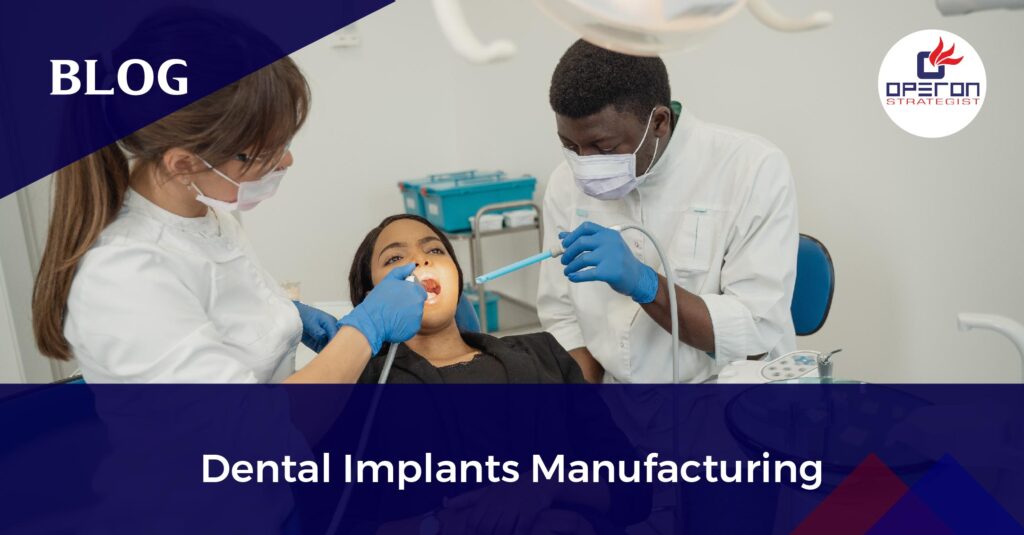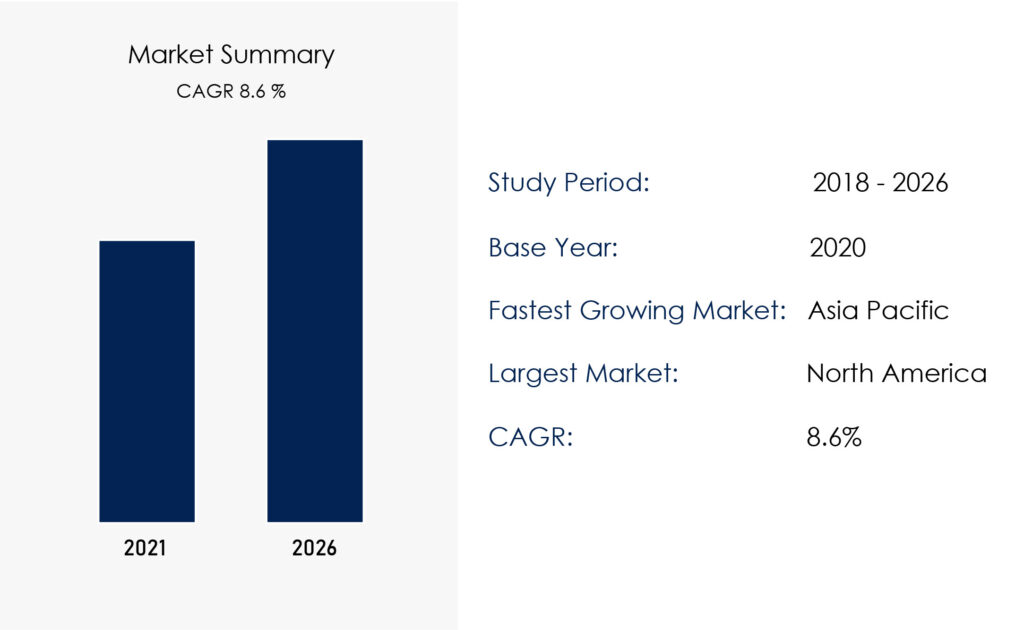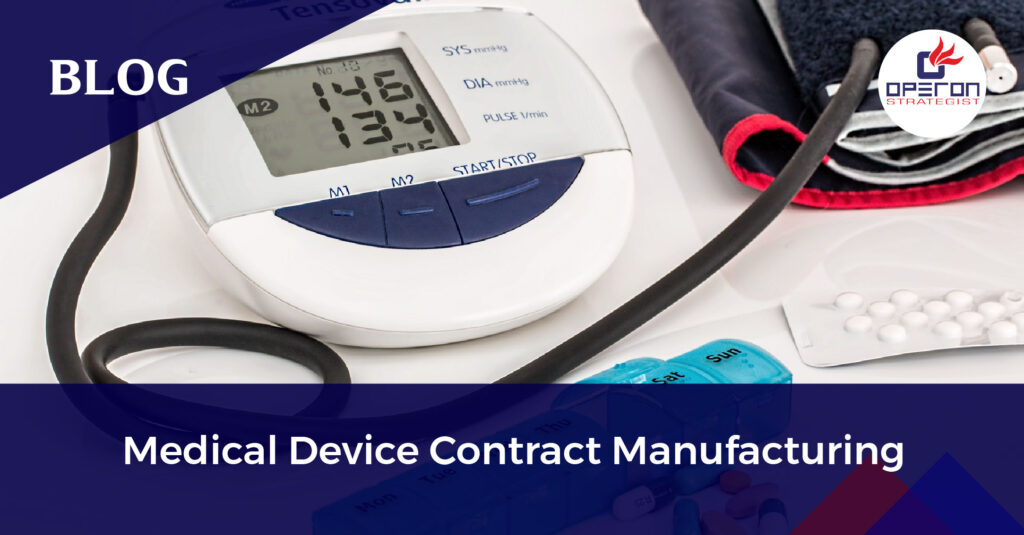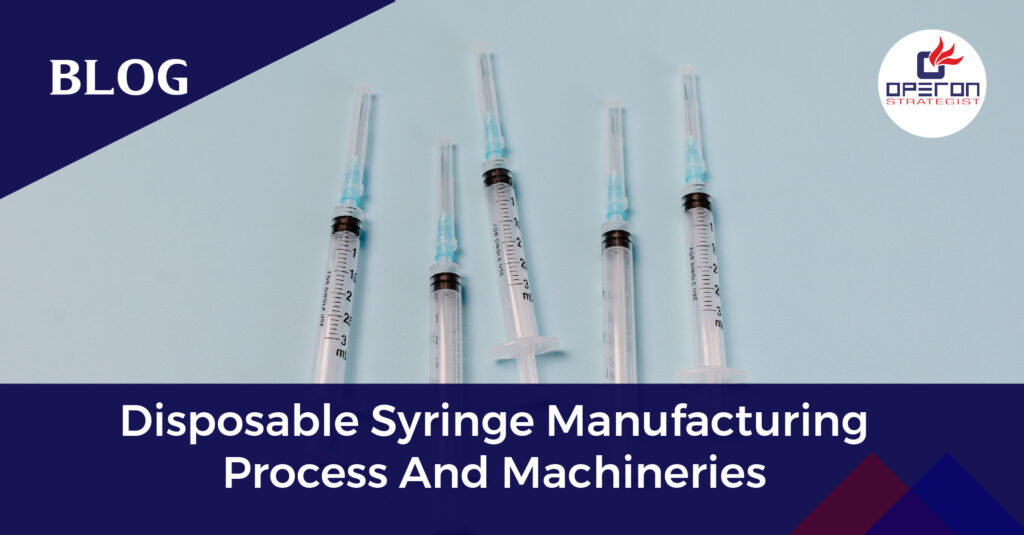Overview - Dental Implants Manufacturing
Dental implants additionally allude to endosseous implants or fixtures. It is a careful part that is utilized that is associated with the bone of the jaw or skull to help with a dental prosthesis, for example, a crown, extension, denture, facial prosthesis, or to go about as an orthodontic anchor.
Modern dental implants rely on a biological process known as osseointegration, wherein materials like titanium structures adhere to each other. Initially, the implant fixture is placed to facilitate osseointegration, followed by the addition of a dental prosthetic. Osseointegration requires a variable amount of time before the dental prosthetic can be attached to the implant or an abutment is installed to support the prosthetic.
A typical conventional implant consists of a titanium and stainless steel screw with either a rough or smooth surface. The majority of dental implants are constructed from commercially pure titanium, available in four grades determined by the levels of carbon, nitrogen, oxygen, and iron present.
Looking For Consultants?
Let’s have a word about your project
As an ISO 13485 medical device consultant We guide manufacturers on applicable ISO standards for dental implant manufacturing.
What Materials Used in Dental Implants Manufacturing?
Material used in Dental implant manufacturing should be as per international standards. (ISO 10451:2010)
Implant Material
Metals
- Titanium
- Titanium Alloy
- Stainless steel
- Co-Cr Alloy
- Cold Alloys
- Tantalum
What Are Dental Implants?
- Crown: The tooth-like piece of the implant, typically made of ceramic material, intended to resemble a natural tooth.
- Connector: Once in a while called an “abutment” the connector is utilized to verify the tooth like a crown of the implant to its base and is regularly hexagonal or octagonal fit as a fiddle.
- Base: A titanium screw that breakers with a natural bone that remains to be worked out a steady and safe base.
What Are These Implants Made Of?
There are noteworthy complexities between implant materials and remember that you don’t need to glance through the make, model, and materials of dental implants. In any event, ensure that they are board-guaranteed and are proficient in the implant materials decision available. To make these implants they start with strong a titanium bar. The pole of 4m is utilized to make more than 200 implants. The technician implants the bar in a long rounded structure which keeps it straight as it encourages it to a machine framework. The titanium bars turn as the modernized instruments thin it down and cut strings into it. These strings will enable the implant to grapple in the patient’s jaw. The machine drove the pole out and afterward dismantled it back in over and over to encourage the forming procedure. An instrument currently holds the implant while others slice it to delink. At that point, an electronic drill hollows out the implant and cuts strings inside to connect the earthenware tooth. In minutes, a strong metal chamber moves toward becoming emptied and thread implant. A robot presently recovers the implant from the grasp of another.
Dental Implants Manufacturing Process/Machinery
CNC/VMC machines:
CNC machining is the manufacturing procedure where pre-modified programming computer software dictates the movements of factory tools and machinery. The procedure can be utilized to control the scope of complex machinery, from processors and machines to plants and switches. With CNC machining, the three-dimensional cutting undertaking can be cultivated in a solitary arrangement of prompts.
VMC The vertical machine is preferred where three-axis work is done on a single face, as in molding and die work. Vertical machining occurs on a vertical machining center (VMC), which employs a spindle with a vertical orientation. With a vertically oriented spindle, tools stick straight down from the tool holder and are often cut across the top of a workpiece.
Electropolishing process:
The electropolishing process, also called electrochemical polishing, is a process that removes material from a metallic workpiece. It reduces the roughness of the surface by leveling up the micro-peaks and the hollowness, improving the surface finish. It is used for polishing the metal parts and is also known as electroplating.
Laser marking process:
The laser marking process is used for marking the materials using a spot-diameter laser beam and is generally used for adding marks or brand names. A laser beam is used on a material to change and color it.
Ultrasonic cleaning:
Ultrasonic cleaners have been improving productivity in modern purification for about 70 years; they’ve simply developed progressively compelling and solid over the long haul. More organizations and government offices than at any other time in recent memory are exploiting the inventive and quick-developing cleaning advancements, and they’re receiving the rewards.
Anodizing: A robot puts the implants upside down in a gentle acid. They apply an electric charge. Various hues will show up at various voltages to shade the part that demonstrates the width. The procedure is called anodizing.
Sandblasting: Sandblasting can be characterized as one of the compelling techniques with which a surface can be formed, stripped, and smoothed, and all remote material is expelled. The material gets a restored look and a superior finish. All alcoves and corners get perfect.
We can help you with all aspects of the process, from dental implant clean room design to product feasibility analysis and plant setup.
Market Growth for Dental Implant Product
Dental implants can be used to replace missing teeth. They have been utilized effectively now for as far back as 25 years, and dentistry has come to depend on them for taking care of once unsolvable issues. Dental implants can be treated simply like ordinary, customary teeth. A dental implant is fixed permanently under the crown of the teeth. A progression of implants is set up to help the dentures if they are set up. Implants ought to be dealt with as typical teeth and must be brushed routinely. Dealing with dental implants is as simple as dealing with teeth!!!
If you are interested in setting up a dental implant manufacturing unit, Look no further than our team of experienced manufacturing consultants. As turnkey project management consultants, we specialize in dental implant factory design and unit design, as well as obtaining the necessary CDSCO manufacturing License for dental implant manufacturing in India.
Reach Out to Us for Regulatory Support

-
Operon Strategisthttps://operonstrategist.com/author/snehal/
-
Operon Strategisthttps://operonstrategist.com/author/snehal/
-
Operon Strategisthttps://operonstrategist.com/author/snehal/
-
Operon Strategisthttps://operonstrategist.com/author/snehal/






